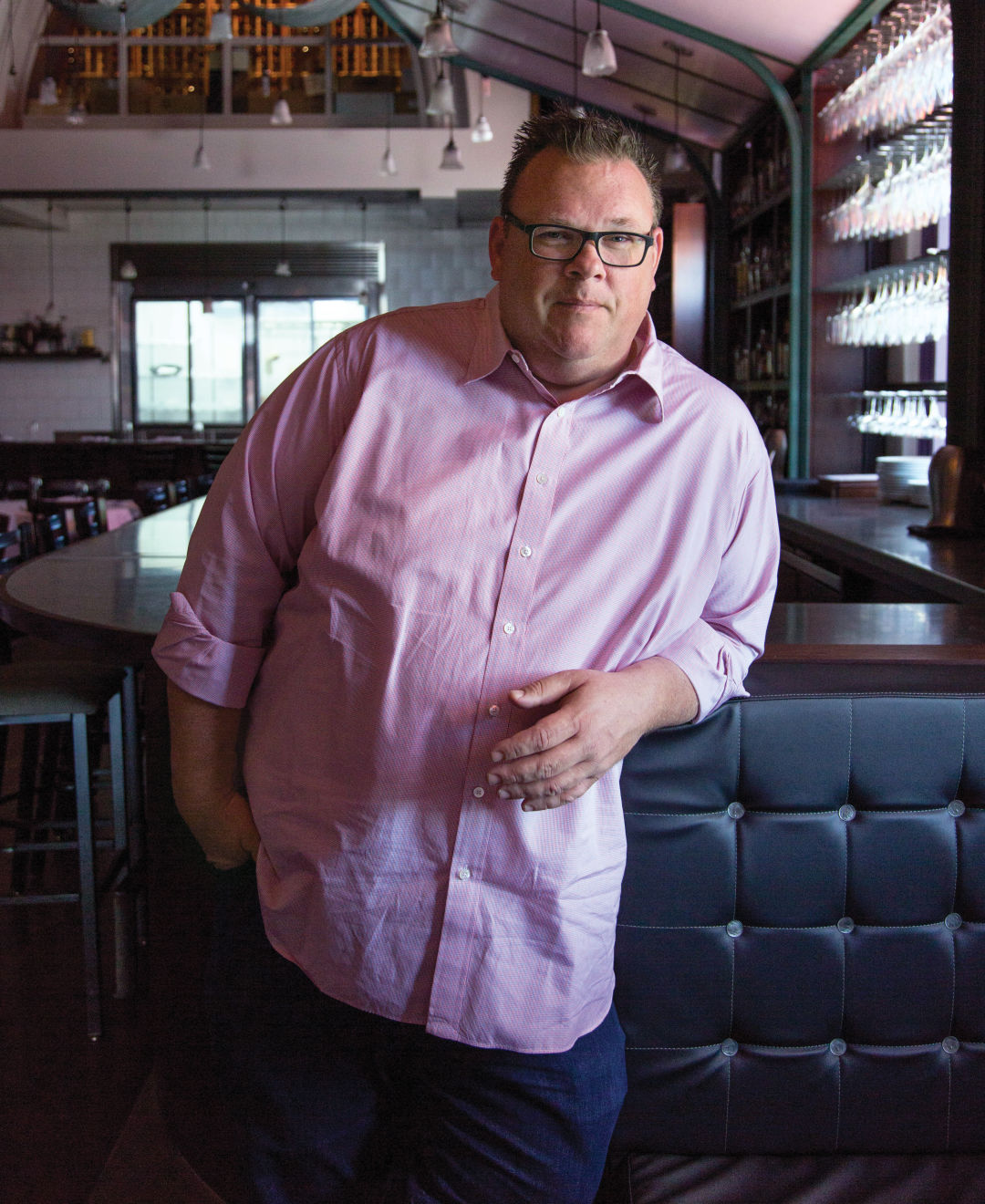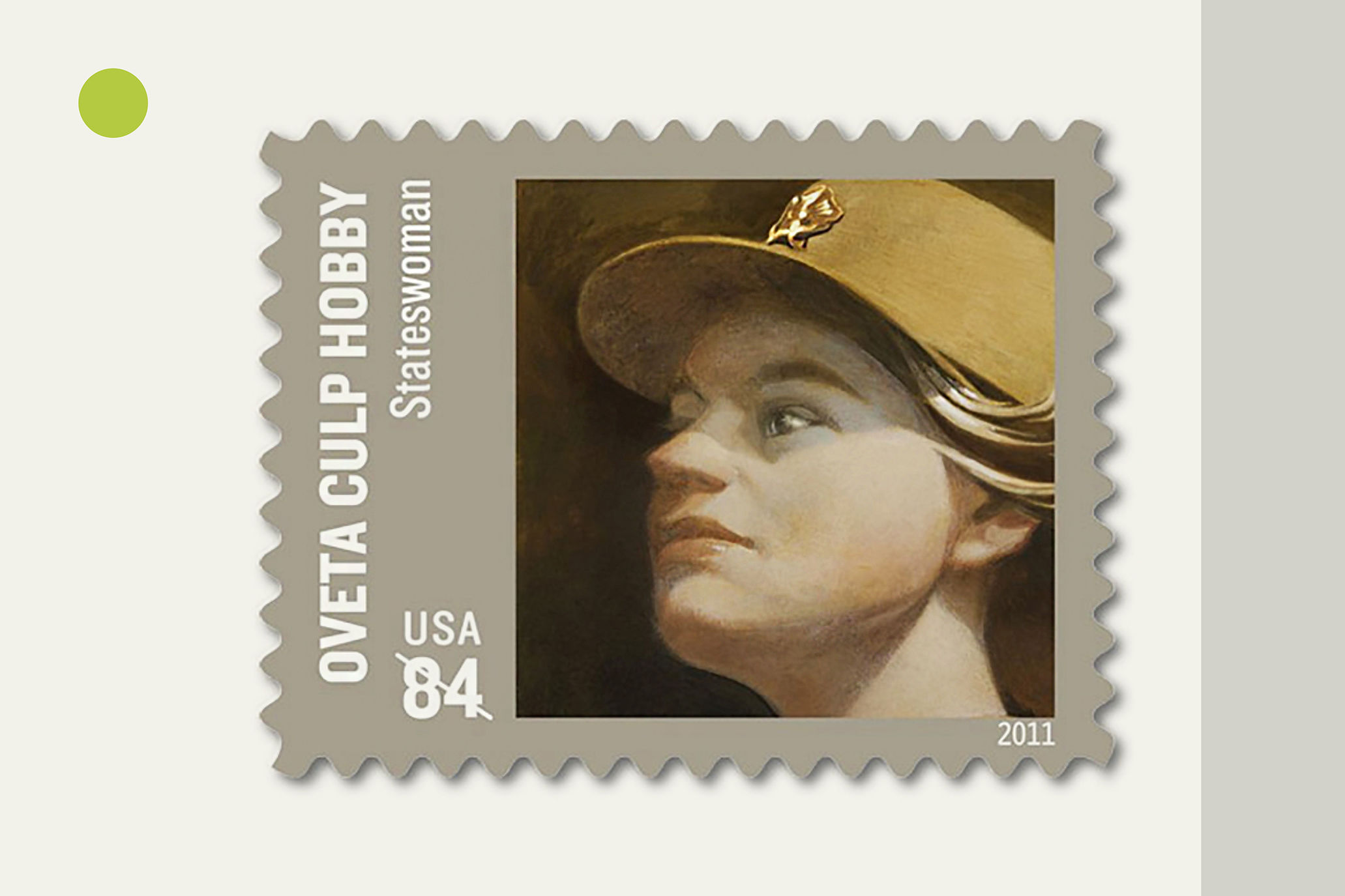Chris Shepherd 'Never Wanted to Be in the Same Box as Everyone Else'

Image: Jenn Duncan
Chris Shepherd knows you think he’s fickle, and he’s fine with that. He opened what would become Houston’s most famous restaurant, Underbelly, a locally sourced, nose-to-tail ode to Houston food, in 2012. It won him a James Beard Award in 2014, helped popularize Houston’s diverse food scene, cultivated a legion of young, talented chefs, and brought the city to the forefront of the national dining conversation. But in March, he shocked every food fan in town by deciding to close it, even his own partners.
“They were like, You want to close a restaurant that is busy and doing great and do … what?” He laughs about it now, kicked back in his third restaurant, One Fifth, where blue light pours from an ornate stained-glass window onto his spiky hair. But when Shepherd asked the partners to rebrand Underbelly as UB Preserv and move it to an 80-seat space across Westheimer—and open another restaurant, a 200-seat steakhouse called Georgia James, in the Underbelly space next to The Hay Merchant—“everybody was like, no.”
The chef asked them to sleep on it. He was used to people listening to his audacious ideas and saying, You’re crazy. “I never worked for anybody who wanted to change,” he says, looking back on his 25-year career in dining. But he’s built that career entirely on unpredictability—from the ever-changing Underbelly menu, to One Fifth, a restaurant that will have morphed into five different concepts, by design, within five years of its opening.
Even when Shepherd was an up-and-coming cook at Brennan’s in the late ’90s, his colleagues had an ongoing joke about him. “There was a sandbox, and I was always on the outside kicking sand back in. I never wanted to be in the same box as everyone else.”
Shepherd may be the first chef ever to explain Houston food in a way to make the world finally appreciate it, but he’s not from here originally. He was born in Nebraska and grew up in Tulsa, Oklahoma, cooking hot dog pizza from the Walt Disney Cookbook for his parents on the weekends. By 19, he was hell on wheels in a Camaro, blasting Slayer and the Grateful Dead on his way to flunking community college.
Then he got a job washing dishes at Tulsa’s Fuji Sushi, where his buddies worked. While his parents packed up and moved to Houston for the Hess Corporation in 1993, he stayed and hosed down eel pots and peeled shrimp for eight months before the “tempura guy” left and he was promoted. By the next year, he hoped to move up to sushi chef, except the owner didn’t think he looked the part. “But he said, You found your thing. Now go to culinary school.”
In 1995 Shepherd did. He moved into his parents’ house in Clear Lake, woke up at 5 a.m. every day to make it to class at the Art Institute, and worked full time, surviving on three hours of sleep a night. “It taught me a lot about how hard this industry is,” he says.
In 1997 his old chef-school mate, Randy Evans—now executive chef for H-E-B—got him a job at Brennan’s on the hot-apps line, the most intense, terrifying job he’d ever had: 600 covers a night, 14 hot appetizers on the station, staff meal for upward of 100 colleagues, starches for enormous parties, and at the end of the night, Okay, go bust down 100 pounds of snapper for tomorrow. He learned a lot and moved up through the ranks, but in terms of discovering what Houston food was all about?
“It wasn’t Brennan’s that did that for me,” he says. “It was Mai’s.” The longtime Vietnamese eatery is where the Brennan’s crew always ended up late at night. “That’s where I first tried fish sauce.”
That was the tipping point. Then came London Sizzler, Vieng Thai, Saigon Pagolac. Places along Long Point and Bellaire, where other industry people were eating. “You didn’t have websites that were like, ‘Where to Go for Dim Sum’; you had to physically track these things down. You would hear from friends, Have you tried this yet? I wanna go here and here.” But his obsession ran deep. “I’d just sit there until eventually I’d ask, Hey, can I come work in the kitchen with you? In the beginning it was always no. After the fifteenth time of me asking, they’d be like, Okay, sure.”
Shepherd also studied menus of the country’s most exalted restaurants—The French Laundry, Noodle Bar—and began to shape his own style of cooking. Pork belly in Steen’s cane syrup, unheard of when he became executive chef of Catalan in 2006, became an instant hit. Underbelly’s signature goat dumplings were something he’d made at home, offering them as a last-minute special on the second night of service.
“My thing is," he says, "never put anything on the menu that you feel like you’re having to sell a bit of your soul.” And to continue to feed his soul, Shepherd explores Houston, telling the city’s story through food. “Look at this place,” he says, pulling up a photo of Van Loi Noodle Factory on his phone. “I found their number on a package of rice noodles I like, and I showed up expecting a factory. Best banh xeo we’ve ever had.”
Diversity, he says, is the thing. “When you can get into that, the world changes. That’s what will bring people to Houston.”
Three more things that might bring them? UB Preserv, offering a daily-changing menu, Sunday dim sum, and “whatever we want.” Georgia James, where steaks and seafood towers will reign supreme. And One Fifth’s third installment, serving Mediterranean–meets–Middle Eastern come September.
It’s a lot. But Shepherd has some help. The Nicks, as he calls them—newly hired UB Preserv chef Nick Wong and Underbelly Hospitality culinary director Nick Fine—have been testing new menu items as we chat. One delivers a single deep-fried ball of mystery meat for Shepherd to taste.
“Preserved duck egg,” he says, downing it in a single bite. “Pretty good.”




